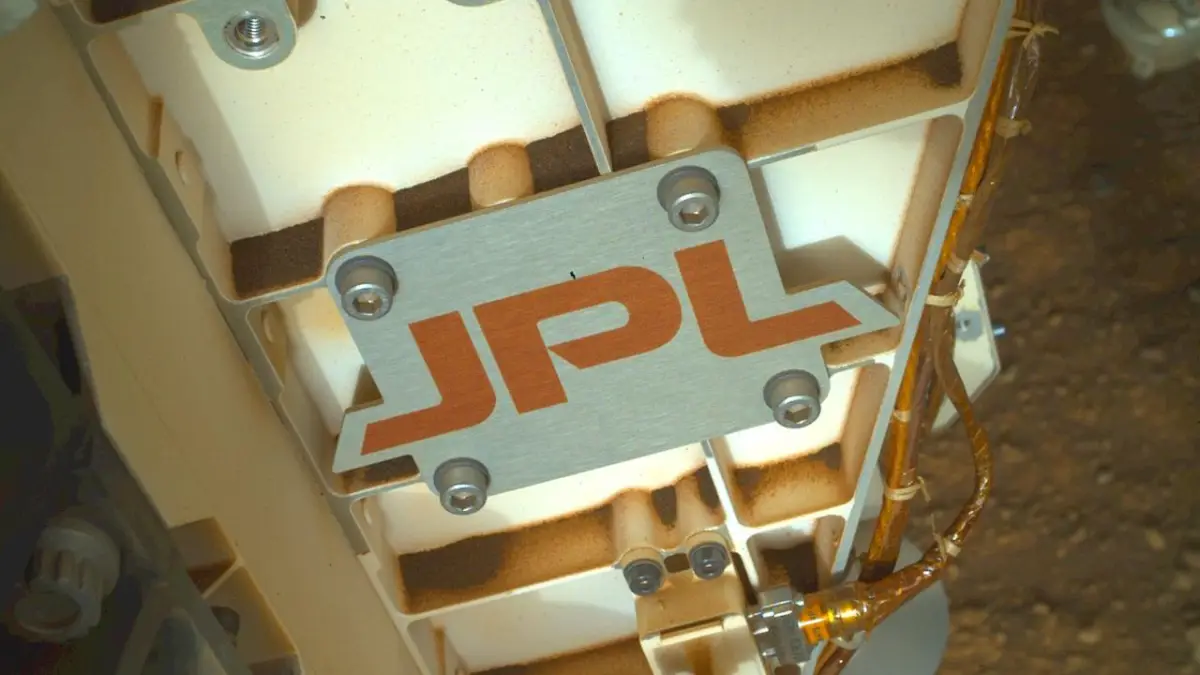| Summary |
|
NASA is facing significant disruption as a U.S. government shutdown began on October 1, 2025, leaving thousands of employees furloughed and delaying key projects. The shutdown occurred after Congress failed to approve a federal budget.
At the same time, NASA’s Jet Propulsion Laboratory (JPL) in Pasadena, California, announced it would lay off 550 staff, about 11% of its workforce, due to flat budgets and anticipated funding cuts for 2026. These combined setbacks are affecting operations across the agency.
NASA employs more than 18,000 people nationwide. During the shutdown, around 15,000 staff face furloughs, which means forced time off without pay.
Essential operations continue, such as monitoring the International Space Station (ISS), which houses seven astronauts, and maintaining satellites that observe Earth’s weather or space. However, most non-essential research and administrative functions are halted, creating delays across missions.
The layoffs at JPL add another layer of strain. JPL is responsible for planetary exploration and robotic spacecraft, including rovers on Mars and probes to the outer planets. Leadership says the cuts are part of a reorganization to prioritize critical projects in light of flat budgets and a proposed 24% funding reduction for NASA in 2026. Still, staff worry about the loss of expertise and the long-term impact on research and development.
Several major NASA projects continue with minimal interruption. The International Space Station (ISS) remains staffed by a skeleton crew of 200 workers who monitor life support systems, maintain equipment, and ensure the safety of experiments.
Artemis, the program to return humans to the Moon, also continues under pre-funded contracts. Recent launches, such as the October 5 Atlas V carrying a reconnaissance satellite, proceeded as scheduled. However, no new grants or research initiatives can start, delaying studies in fields such as astrophysics and Earth sciences.
Data analysis from Mars missions is particularly affected. The Perseverance rover collects rock samples and conducts experiments, but furloughs prevent teams from processing the data. This creates backlogs in identifying organic molecules and other signs of past life.
Earth science missions also face delays. Satellites tracking hurricanes, wildfires, and climate trends see slower data processing, affecting forecasts and emergency planning. Previous shutdowns have caused days-long delays in storm tracking, illustrating the real-world consequences.
Research from space telescopes like Hubble and James Webb continues, but scientists lack access to communication channels and computing resources. This slows collaboration and the release of findings to the global community. International partners must adjust schedules, which can strain cooperative projects and slow the overall pace of discovery.
Repeated shutdowns and layoffs risk long-term impacts. JPL has implemented job cuts four times in two years, prompting concerns that skilled engineers may leave for private companies. This could reduce public sector capacity to carry out complex space missions. NASA’s budget, about 0.5% of federal spending, supports technologies used in everyday life, including GPS and medical advancements.
Despite the challenges, NASA has recovered from previous shutdowns. The agency has resumed major missions after disruptions, relying on volunteers, private sector partnerships, and careful prioritization. Still, morale and efficiency are affected, and prolonged uncertainty threatens the agency’s ability to maintain scientific momentum.
NASA’s situation underscores the link between government funding and scientific progress. Furloughs and layoffs not only delay current missions but also impact future research and technological development. To continue exploring space effectively, stable funding and consistent staffing are essential for the agency and the broader scientific community.

